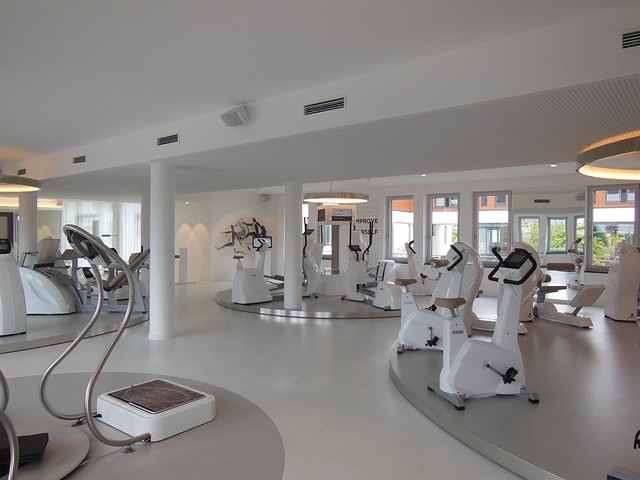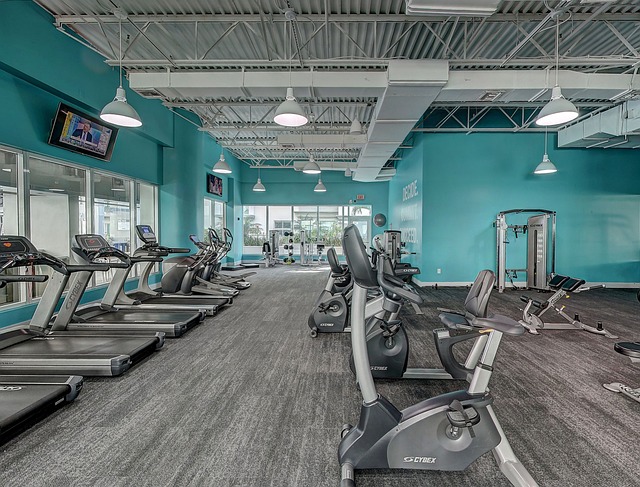Warts can reoccur even after treatment, emphasizing the need for personalized strategies at a modern wart removal facility based on wart type and history. Post-treatment care includes proper cleanliness, bandaging to prevent irritation, and maintaining healthy habits like exercise, diet, hydration, and sleep to boost the immune system. In high-risk cases or persistent infections, prescription medications may be recommended by healthcare professionals after visiting a modern wart removal facility.
Wart reoccurrences can be frustrating, but understanding the behavior of these skin growths is key to preventing them. This article, tailored for a modern wart removal facility, delves into effective strategies to stop warts from returning after treatment. We’ll explore recurrence patterns, essential post-treatment care routines involving cleansing and bandaging, and lifestyle adjustments that create an uninviting environment for warts. Implement these steps to reclaim smooth, wart-free skin.
- Understand Wart Behavior and Recurrence Patterns
- Post-Treatment Care: Cleansing and Bandaging Techniques
- Lifestyle Adjustments to Prevent Reoccurrence
Understand Wart Behavior and Recurrence Patterns

Warts are caused by certain types of human papillomaviruses (HPV) and can reappear even after treatment, especially if the virus is still present in the body. Understanding the behavior and recurrence patterns of warts is crucial for effective prevention. Many modern wart removal facilities now recognize that a one-size-fits-all approach doesn’t work, as different warts have distinct characteristics and behaviors. For instance, common warts often recur more frequently than genital warts, which may persist for longer periods but are less likely to reoccur after treatment.
Knowledge about prescription vs. natural wart treatments can also aid in prevention. While some methods offer quick relief, they might not eliminate the virus completely. Natural treatments, such as those using salicylic acid or duct tape, have shown success rates comparable to prescription options but may require more consistent application. A private wart removal Coventry service, for example, should be able to provide tailored advice based on the type and history of the wart, ensuring a more comprehensive approach to prevention.
Post-Treatment Care: Cleansing and Bandaging Techniques

After undergoing wart removal at a modern wart removal facility, proper post-treatment care is essential to prevent reoccurrence. The first step involves maintaining cleanliness and keeping the treated area dry. Patients should gently cleanse the skin with mild soap and warm water, avoiding harsh scrubs or chemicals that could irritate the skin. Patting the area dry rather than rubbing ensures gentle healing.
Bandaging techniques play a crucial role in protecting the treated wart site. A clean, sterile bandage provides a protective barrier against bacteria and further irritation. It’s recommended to change the bandage regularly and keep it dry. For athletes with warts on their feet, moisture-wicking bandages can be particularly beneficial, as they help prevent sweat from trapping bacteria and promoting new wart growth.
Lifestyle Adjustments to Prevent Reoccurrence

Maintaining a healthy lifestyle can significantly reduce the risk of warts reoccurring after treatment at a modern wart removal facility. Regular exercise and a balanced diet play crucial roles in boosting your immune system, which is your body’s natural defense against viral infections. Staying hydrated and getting enough sleep also contribute to overall wellness.
In addition to these general practices, specific measures like avoiding direct contact with infected individuals or objects, keeping wounds clean and dressed, and refraining from picking at skin fluctuations can help prevent new warts from developing. For parents managing child care, ensuring proper hygiene and regular handwashing routines can significantly minimize the transmission of viruses that cause warts, including the common verrucae. Considering prescription wart medications for prevention after removal is another effective strategy recommended by healthcare professionals as the best wart removal method, especially in high-risk cases or when dealing with persistent infections.
Preventing the reoccurrence of warts after treatment involves understanding their behavior, adopting proper post-care routines, and making lifestyle adjustments. At a modern wart removal facility, experts emphasize the importance of adhering to recommended care plans, including regular cleansing and bandaging. Additionally, lifestyle modifications such as maintaining good hygiene, wearing protective gear, and avoiding contact with contaminated surfaces are crucial to ward off future wart outbreaks. By combining these strategies, individuals can effectively manage and minimize the chances of wart recurrence.
